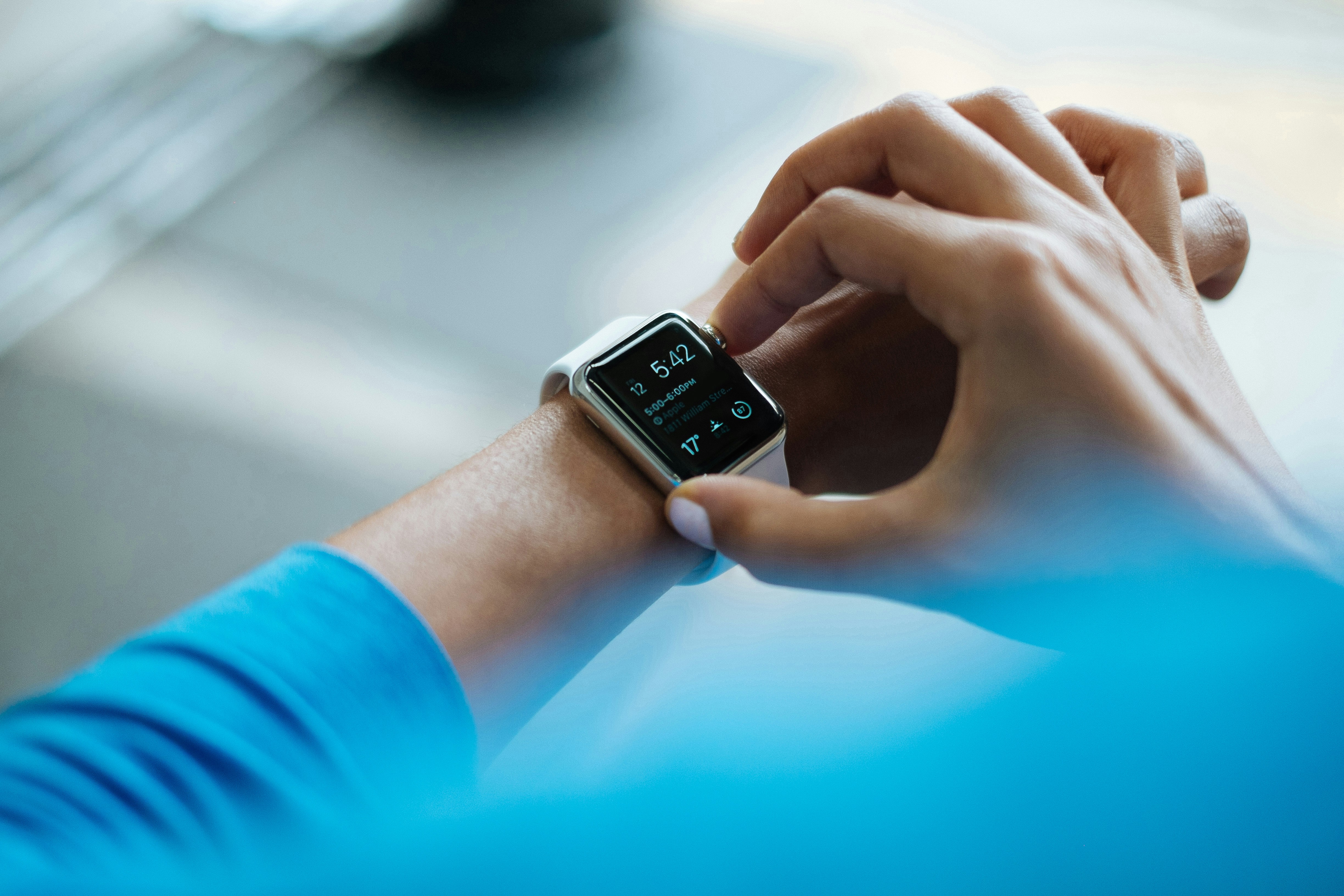Technology and Fitness: How Wearables are Transforming Workouts
In the wake of the Covid-19 pandemic, Nepal has witnessed a remarkable surge in fitness enthusiasts, marking a notable shift in the nation's fitness culture. This transformation is not only reflective of a growing awareness of the importance of health.

The global trend of incorporating technology into health and wellness routines has found resonance in Nepal, where wearables have become integral companions on the journey towards a healthier lifestyle of individuals. Ranging from smartwatches to fitness-tracking apps, these devices are now regarded as the sixth sense organ of the human body, transcending their conventional roles as mere fitness trackers.
Smartwatches and fitness trackers have seamlessly blended into the daily lives of individuals, providing a constant stream of information and insights. They offer functionalities that extend beyond mere workout tracking, venturing into the realm of monitoring life-threatening conditions. In this way, wearables have become indispensable tools for health-conscious individuals, providing real-time data and feedback.
The foundation of wearables lies in data—data that includes steps taken, calories expended, time spent in heart rate training zones, average and maximum heart rate values, and the frequency and duration of workouts. This data forms the basis for tracking, assessing, and comparing an individual's current fitness status with individuals from across the globe.
However, it's crucial to approach wearable data with a discerning eye. No company can accurately track metrics like heart rate or caloric expenditure, and variations exist even among reputable brands. It's advisable to view the results as references rather than absolute values. Furthermore, when comparing data, it's essential to use the exact same model or device, as different devices/models may provide disparate readings.
Wearables have evolved in a new era of personalized fitness, providing real-time feedback and suggestions to enhance workouts, track progress, and customize exercise routines. Yet, amidst the technological advancements, a fundamental truth remains—no amount of innovation can replace the hard work and dedication required to achieve fitness goals. Wearables should be seen as enablers, not substitutes, for personal effort.
While wearables offer a wealth of benefits, it is imperative to acknowledge that they are tools, not the solution in themselves. The commitment to an active and healthy lifestyle cannot be outsourced to technology. Wearables may guide and assist, but the core responsibility lies with the individual. As Nepal embraces this fitness revolution, the synergy between human effort and technological support will pave the way for a healthier and more conscious society. The essence of achieving fitness goals is a harmonious blend of personal dedication and the empowering capabilities of wearable technology.


